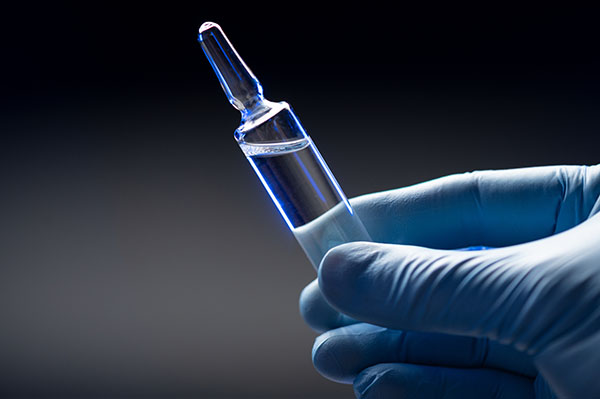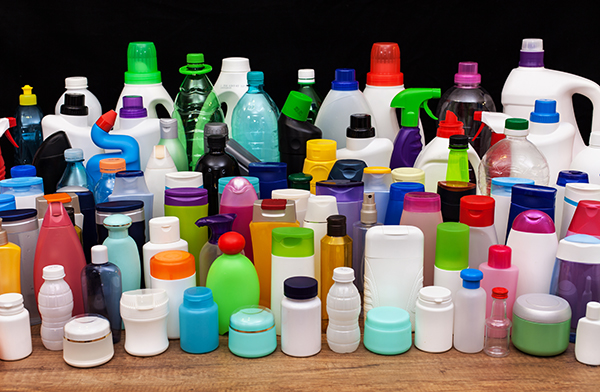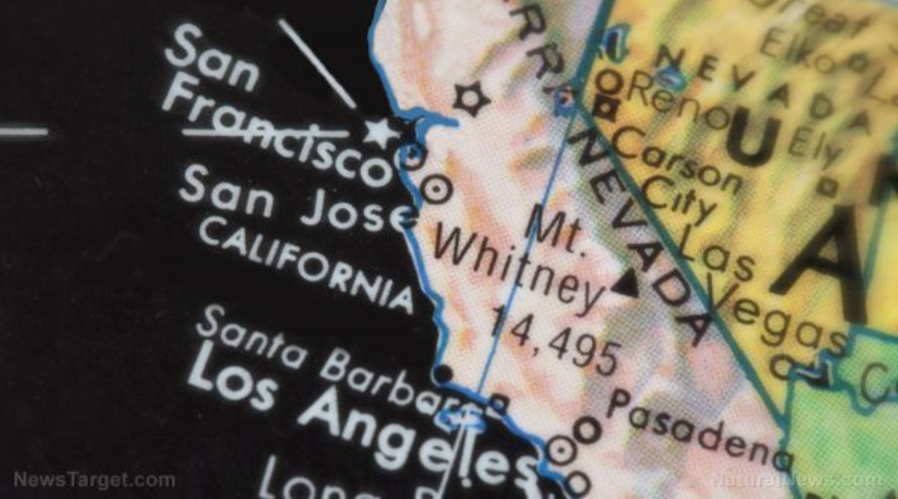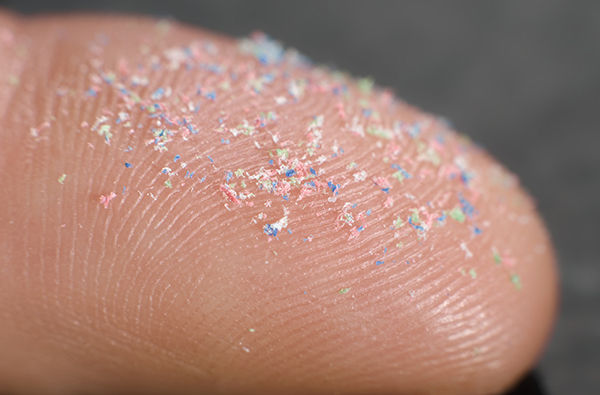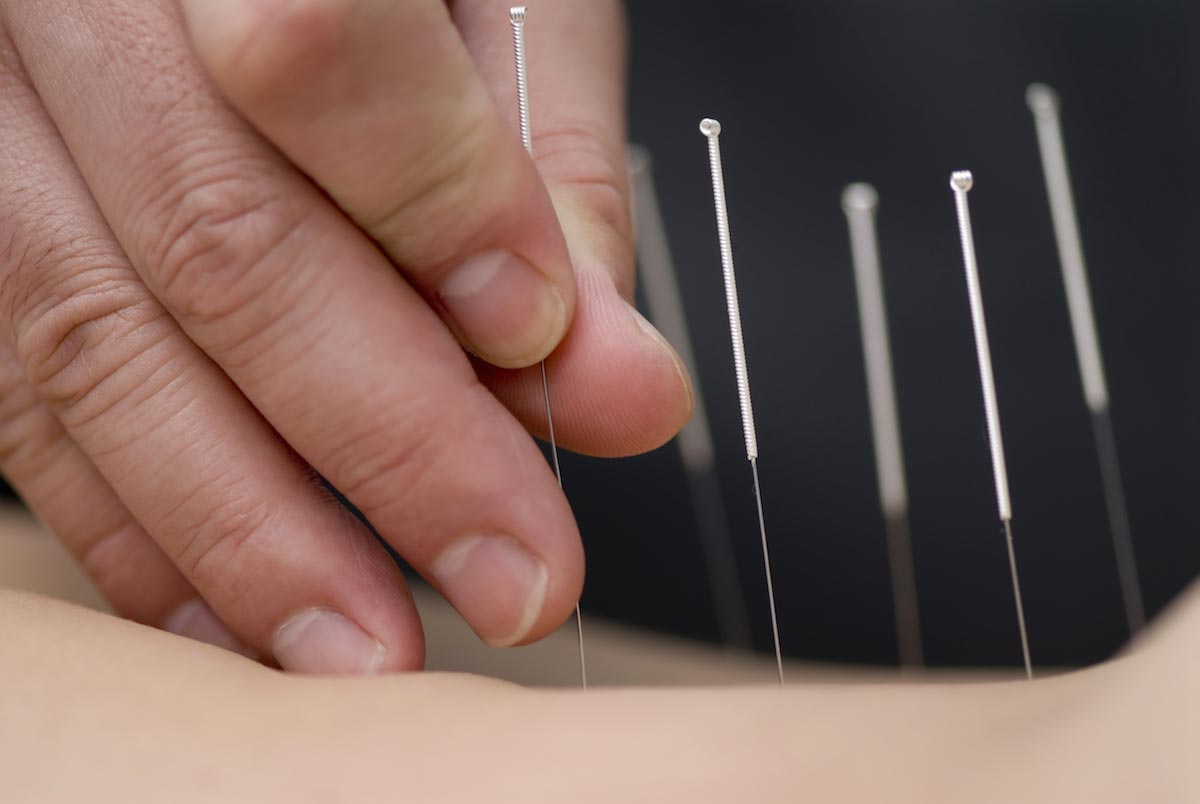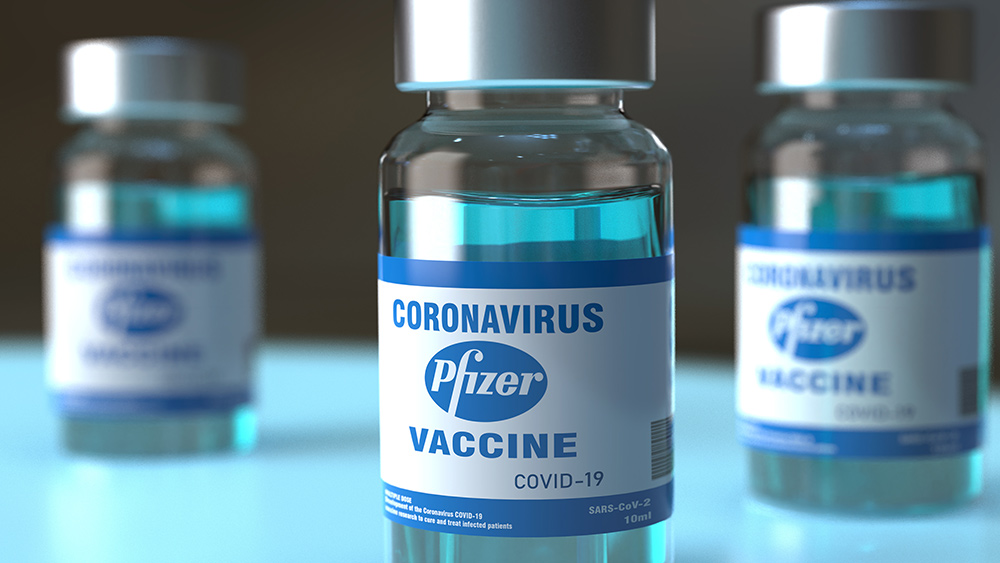China unveils game-changing SODIUM BATTERY standard
05/01/2025 / By Lance D Johnson
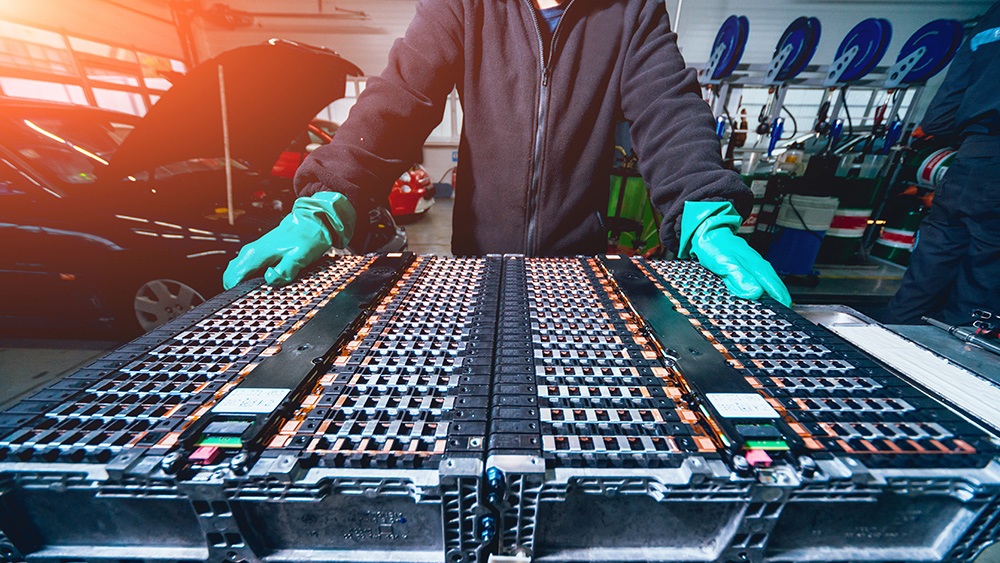
As the world scrambles for sustainable energy storage solutions, China has taken a revolutionary leap, unveiling the first national standard for sodium-ion batteries — an innovation that could reshape global energy independence.
Key points:
- China establishes GB/T 44265-2024, its first grid-scale sodium battery standard, pushing ahead with alternative energy storage solutions.
- Highstar Sodium Battery becomes the first certified company under the new standard, showcasing innovative sodium-ion technology.
- Sodium-ion batteries outperform lithium in cost, safety, and sustainability, with 10,000+ cycles and extreme temperature resilience.
- Sodium is abundant & cheap, reducing dependence on lithium mining (often linked to environmental and geopolitical conflicts).
- Highstar’s batteries pass rigorous safety tests, including nailing without explosions, proving they are safer than volatile lithium-ion.
- China’s 2025 energy plan accelerates sodium-ion adoption, positioning it as a key player in grid storage, EVs, and telecom backup systems.
China’s sodium battery revolution challenges lithium’s dominance
The GB/T 44265-2024 certification, enacted in April 2024, sets rigorous benchmarks for performance, safety, and longevity in grid-scale energy storage. Highstar Sodium Battery, a subsidiary of Jiangsu Highstar Battery Manufacturing Co., Ltd., became the first company certified, proving that sodium-ion technology is not just viable — it’s superior.
For decades, lithium-ion batteries have dominated the EV and energy storage sectors, propped up by corporate interests and government subsidies. However, critical flaws linger:
- Skyrocketing lithium costs (up 400% in recent years).
- Geopolitical instability—lithium mining is concentrated in Chile, Australia, and China, leaving other nations vulnerable.
- Environmental destruction from toxic extraction processes.
Sodium, on the other hand, is abundant (found in salt—NaCl) and chemically stable, making it:
- Cheaper (costs 1-3% of lithium prices).
- Safer (non-flammable, unlike volatile lithium-ion).
- Sustainable (no ethical mining concerns).
- Cold-resistant (works flawlessly in sub-zero temperatures—where lithium fails).
Highstar’s sodium-ion batteries can be recharged daily for years, with 10,000+ cycles at 80% Depth of Discharge (DOD)—outlasting most lithium alternatives.
Highstar’s breakthrough: A new era in energy storage
Highstar’s technology is not just competitive — it’s revolutionary. Their polyanion cathode (NFPP) design ensures:
- Unmatched safety, passing nail penetration tests without explosions or fire (a major hazard with lithium).
- Wide temperature range (-40°C to 85°C), making it ideal for harsh climates.
- Fast charging at high power levels, critical for EVs and grid storage.
- Eco-friendly production, avoiding the polluting processes of lithium mining.
This aligns with China’s 2025 New Energy Storage Plan, positioning sodium-ion as a cornerstone of future energy sustainability — not just for China, but globally.
The global shift: A win against big lithium?
While Western governments push for lithium dependency, China is proving that cheaper, safer alternatives exist. Some key developments:
- Highstar secured IEC 62619 certification (TÜV SÜD) — making it the first globally recognized sodium-ion battery maker.
- UL certification ensures compliance with international standards, opening doors for European and U.S. markets.
- Deployments already happening in telecom backup, commercial energy storage, and low-speed EVs.
The implications are clear: China is leading the energy transition, while the West remains wedded to unsustainable lithium cartels.
While sodium-ion (Na-ion) batteries are unlikely to fully replace lithium-ion (Li-ion) batteries in all applications due to their lower energy density, they are poised to revolutionize energy storage by offering a more sustainable, safer, and cost-effective alternative — particularly in sectors where weight and compactness are less critical.
Here’s what the future holds for Na-ion technology:
Na-ion batteries will likely complement lithium-ion tech in the following areas:
- Grid Storage & Stationary Applications: Since weight and size are less crucial for large-scale energy storage, Na-ion’s lower cost and safety advantages make it a strong contender for renewable energy smoothing and backup power.
- Low-Cost Electric Vehicles (EVs): For urban EVs, e-bikes, and short-range electric vehicles, energy density is less critical than affordability and safety. Sodium-ion batteries could dominate this segment.
- Consumer Electronics (Secondary Market): Non-premium electronics (e.g., power banks, home appliances) may shift to Na-ion for cheaper, safer operation.
Sodium-ion batteries reduce dependency on critical minerals (cobalt, nickel, lithium) by using:
- Abundant, widely available sodium reserves (no geopolitical constraints like lithium mining).
- Lower water usage during production—a major ethical concern with lithium extraction.
- Easier recycling due to simpler chemistry.
- Costs will likely fall faster than lithium as production scales, making Na-ion highly competitive.
For freedom-loving advocates of sustainable tech, this is a victory against corporate monopolies. The future of energy storage is here — and it’s sodium-powered.
Sources include:
Submit a correction >>
Tagged Under:
alternative energy, battery technology, carbon neutrality, China, cold-resistant battery, economic freedom, electric vehicles, energy independence, Energy Storage, environmental sustainability, GB/T 44265-2024, geopolitics, green energy, grid storage, Highstar, IEC 62619, innovation, lithium alternative, Safety standards, sodium battery, Sodium-ion, sustainable energy
This article may contain statements that reflect the opinion of the author





